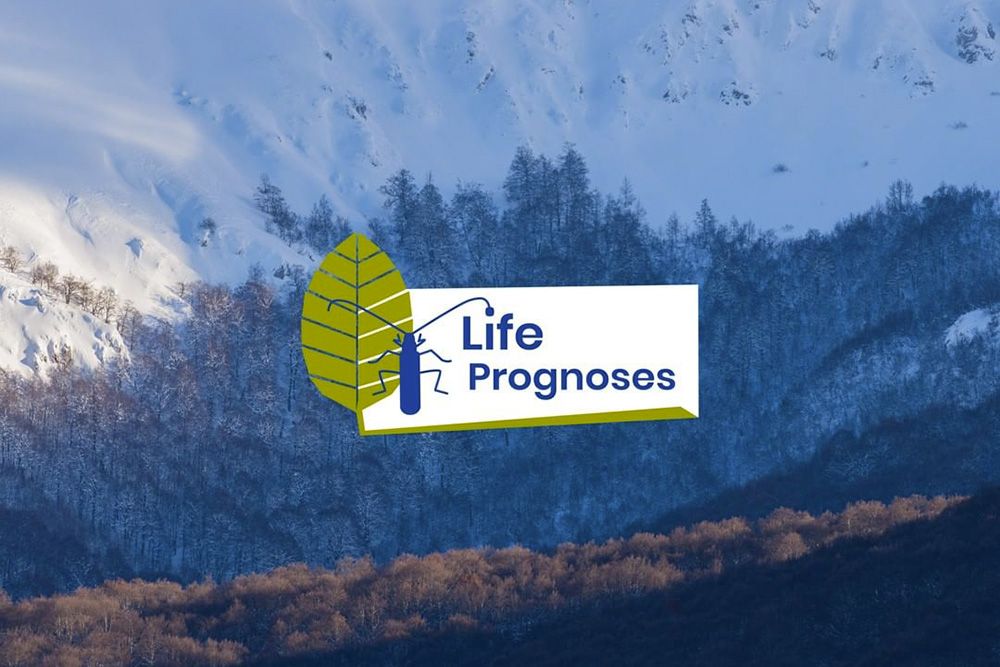A project dedicated to the European network of UNESCO ancient beech forests
Since 2021, the Abruzzo, Lazio, and Molise National Park has been a partner in a new LIFE project dedicated to Europe’s ancient beech forests. LIFE Prognoses (Protection of Old-Growth Forests in Europe) is a project financed by the European Union’s LIFE fund with the aim of enhancing the conservation of these magnificent forests by integrating them into strategies for sustainable local development.
Currently, there is no European standard for assessing the naturalness of a forest or a set of indicators that can provide guidelines for the consistent mapping of European ancient forests. There are some national or regional maps with different spatial scopes and classification methods, and the lack of a common classification scheme hinders the protection of these vital forest ecosystems.
Furthermore, awareness of the importance of ecosystem services provided by ancient forests needs to be strengthened and communicated to policymakers and the general public. Many aspects, such as long-term carbon storage, recreational potential, habitat availability for plants and animals, and the cooling effect on the local and regional climate, have high value but are inadequately assessed compared to the economic impact of deforestation and timber processing.
The partners in the LIFE Prognoses project include the various entities responsible for managing all of Europe’s ancient beech forests (distributed across 8 different states), collectively forming the widespread UNESCO site.
The main actions and activities that the partners will undertake to jointly achieve the project’s goals within 4 years will include:
● Developing a methodology for assessing and mapping Europe’s ancient forests by defining uniform reference parameters for the habitat conditions of old-growth forests.
● Evaluating the ‘ecosystem services’ derived from UNESCO-designated forests, assessing differences between managed forests and ancient forests in a set of test sites for the following benefits: microclimate, carbon storage, biodiversity, recreation, and tourism.
● Raising awareness about the importance and irreplaceability of this vast natural heritage for biodiversity conservation through communication actions based on common criteria differentiated by target groups (children, experts, visitors), creating a network with other European projects to share expertise.
